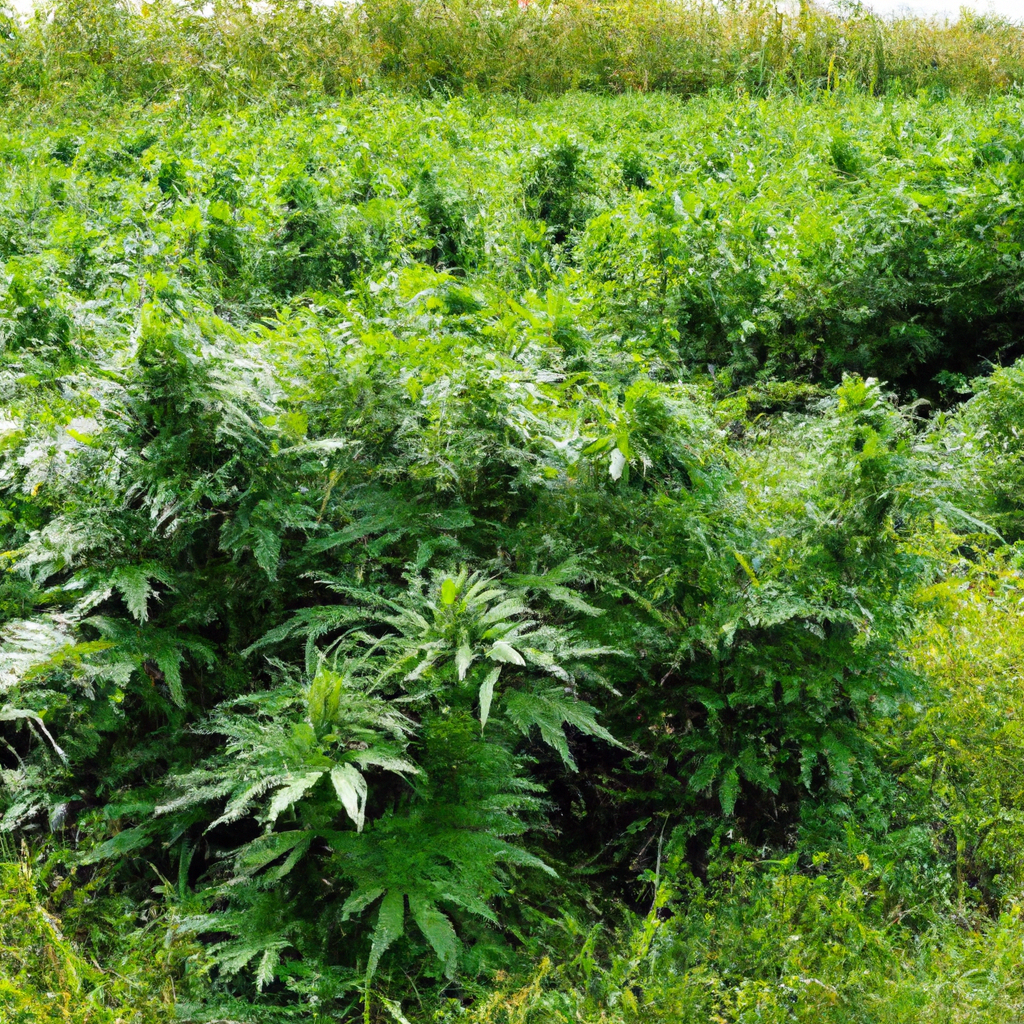Your cart is currently empty!
Rotational grazing is an agricultural technique often associated with livestock but has found a groundbreaking application in cannabis cultivation. This method involves strategically rotating cannabis plants on a plot to optimize soil health, manage pests, and enhance yields. Let’s dive into how this practice can revolutionize your cannabis growing experience, offering sustainable solutions and maintaining plant vitality.
Understanding Rotational Grazing in Cannabis
Rotational grazing in cannabis involves rotating crop locations within your growing area, allowing portions of the soil to regenerate while others are actively producing. This technique not only reduces soil compaction and erosion but also aids in pest management. By disrupting pest life cycles, the practice naturally decreases their population. Additionally, this rotation supports microbial diversity, enhancing nutrient availability and overall plant health.
Implementation: Steps and Tips
Step 1: Plot Planning
Determine the sections of your grow area, typically dividing it into quadrants. Plan rotations ensuring each quadrant gets adequate recovery time over a season.
Step 2: Soil Preparation
Enhance soil health by incorporating compost and organic matter before planting in a new section. This will improve soil structure and nutrient content, supporting robust plant growth when that section is used again.
Step 3: Rotation Scheduling
Create a planting calendar that staggers planting and resting times for each quadrant. This schedule will vary based on your local climate and the specific growth cycle of your cannabis strains.
Benefits of Rotational Grazing in Cannabis
- Soil Fertility Improvement: By allowing sections of the soil to rest, you contribute to a self-replenishing cycle that maintains high nutrient levels.
- Pest and Disease Control: Interrupting pest growth cycles diminishes their ability to establish long-term infestations, reducing the reliance on chemical pesticides.
- Increased Yield and Quality: Healthier soil and reduced pest pressure typically translate into more vigorous growth and higher-quality yields.
Challenges and Considerations
While rotational grazing presents numerous benefits, it requires mindful planning and a clear understanding of the environmental conditions specific to cannabis cultivation. Monitoring soil conditions and plant health regularly, adapting to unforeseen pest issues or changing weather patterns, is crucial.
Conclusion
Rotational grazing offers a novel, sustainable method for enhancing cannabis cultivation sustainably. By restoring soil health naturally and managing pest populations effectively, growers can look forward to healthier, higher-quality yields.
Whether you’re a novice or a seasoned cannabis cultivator, integrating rotational grazing can prove beneficial in optimizing your harvests while contributing to environmental health. Start small, monitor closely, and adjust with experience to fully harness this technique’s potential in your cannabis garden.
Discover more from Magic Clones
Subscribe to get the latest posts sent to your email.


Leave a Reply